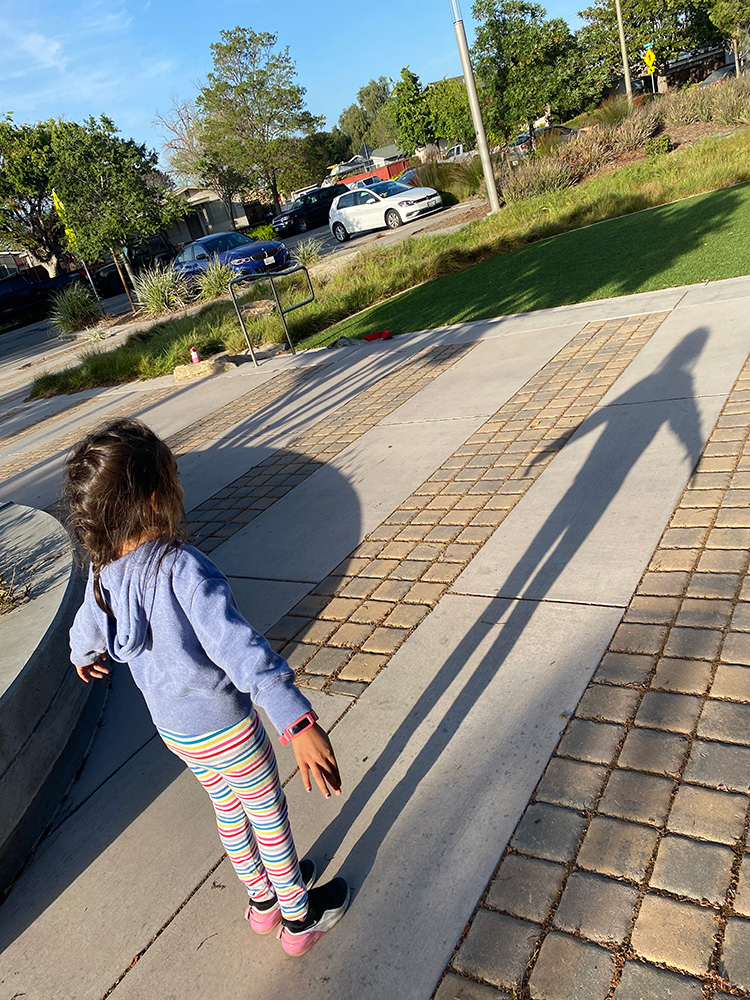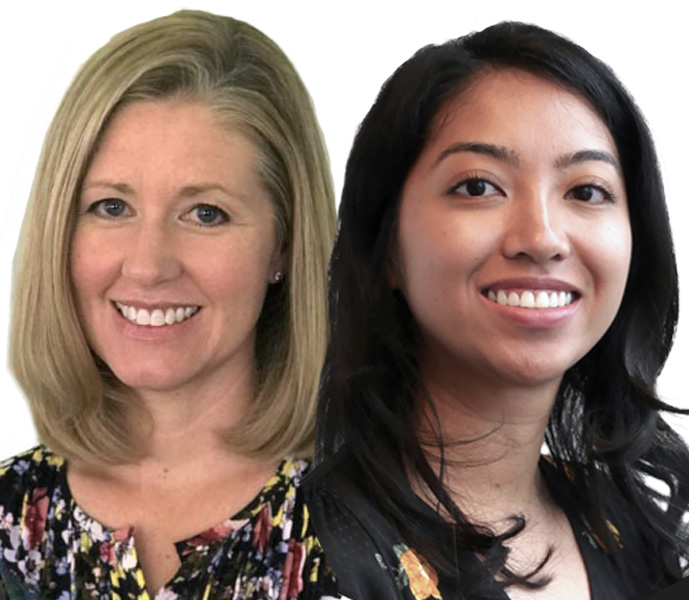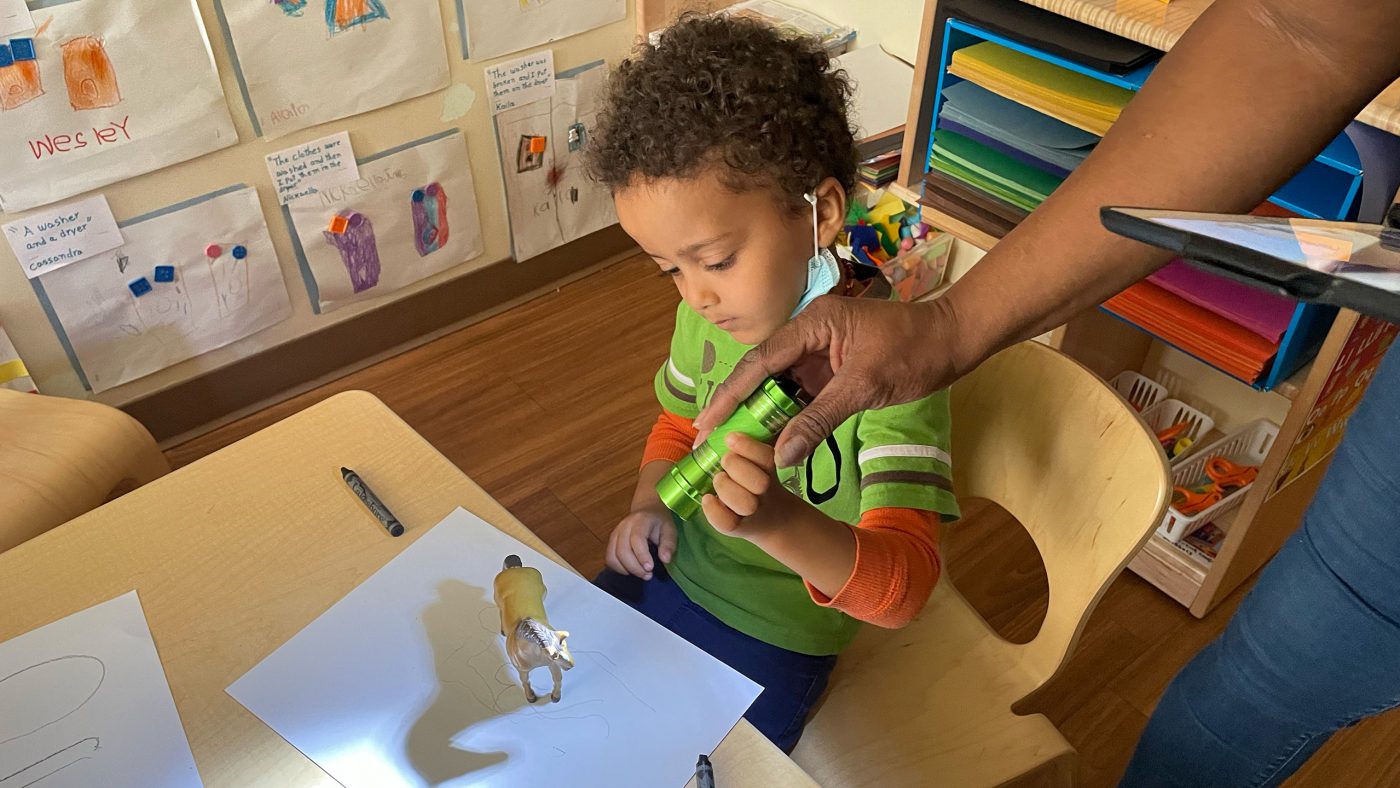A recent report by a National Academies of Science, Engineering and Medicine committee declared the need to promote science, technology, engineering and mathematics (STEM) activities in early childhood, asserting that “every child deserves to experience the wonder of science and the satisfaction of engineering.” Even very young children can make sense of their world in sophisticated ways, the report said, describing children’s proficiencies in connecting ideas, building concepts and engaging in meaningful STEM practices “amazing.”
These proficiencies are nurtured, the committee wrote, when educators design learning opportunities that meet children’s needs, engage responsively with children’s ideas and interests, and when they can hear children’s ideas and see their successes.
The Next Generation Preschool Science team, led by education nonprofits Digital Promise and the Education Development Center and public media foundation GBH, has been working to promote science in preschool by co-designing innovative STEM resources that can be used across home and school. Their work, funded by the National Science Foundation, involved co-designing resources with teachers and families, to ensure they leveraged children’s interest and families’ funds of knowledge. Through this partnership, researchers, teachers, parents, curriculum developers and media designers created Early Science with Nico & Nor®, a multifaceted program that includes a teacher guide with sample curricular activities, a “family science fun guide” and innovative digital apps to support science investigation in ways that integrate math and engineering.
The program builds on the researchers’ previous findings about technology and young children—not to replace human interaction, but to explore how digital journals and gamified simulations can strengthen and complement young children’s engagement in and understanding of science concepts. A rigorous, randomized control trial study found that children who used the Nico & Nor curriculum supplement in classrooms showed significant improvements in their science learning. Children’s science learning also significantly improved when Early Science with Nico & Nor® was used across school and home environments.
Making Use of Everyday Magic

Though shadows, ramps and floppy tomato plants may not be something most of us pay attention to, they certainly get a 3-year-old’s attention. Children wonder about the world in practical, concrete ways—Why does that ball roll faster on the slide than on the dirt? What makes my shadow look so long? What is a shadow actually … how it is formed? In the program’s three units—Light and Shadow; Force and Motion; and Growth and Transformation— Early Science with Nico & Nor® explores such questions with carefully designed materials that foster the child’s ever-present wonder. Without a whiff of, “OK, class, we’re now going to learn about science, technology, engineering and mathematics,” that’s exactly what they do.
“The project is built around children’s natural curiosity to understand the world around them,” says Danae Kamdar, an early STEM researcher with Digital Promise. “We asked, ‘How does children’s natural curiosity about the world drive them to ask questions and understand?’ The question was not only how we could support children’s learning and curiosity in preschool classrooms but how we could support learning in communities and families as well.
“As children begin to explore how shadows are made, they notice through these different activities that they need a light source, an object to block the light, and a surface on the opposite side of the light source for the shadow to appear on. Or they’ll observe that the size of a shadow changes when you move the light source closer to or farther from the object. Their observations create a natural way to connect to that science and they begin to use the visual spatial vocabulary in a meaningful way.”
Playing Around
The key to all this learning, both in the digital and hands-on materials, is play. Play not only helps children in their social-emotional learning and ability to collaborate, but it’s also essential for reading proficiency and, as Early Science with Nico & Nor® demonstrates, can be an important tool in learning math and science skills.
Through play, the children learn that bringing the light source closer makes the object bigger, and that the light source must be behind the object. In the unit on force and motion, the preschoolers learn how items on a steep ramp move downhill faster, and that different surfaces on the ramp—grass, dirt—or on the item affect how smoothly or quickly the object moves. Friction slows things down! Whoa.
Although many preschool curricula already include activities in which the children sprout, plant and observe a bean plant, activities in the Growth and Transformation unit enable the children to focus more deeply on the core ideas about plant parts and what they need to live and grow, with some math for good measure: Matt’s plant is seven units tall. Mine’s nine. It’s taller!
The Nico & Nor program didn’t evolve from a group of adults deciding what kids will like and going with that. It’s the result of co-design and iteration, based on design ideas and feedback from educators and families, and observation of how the children themselves engage with the materials. Do they actually play with them?

“When our team is in the co-design phase with preschool teachers and families, we get together to brainstorm seed ideas—initial concepts of what we think would work in the preschool space or be interesting for the children,” says Tiffany Leones, an early STEM researcher for Digital Promise. “From there, the teachers share their feedback about what is engaging for the kids. We then go through the process of iterating and testing it out.”
“For example, in the Shadow Cave app,” Leones says, “the children can actually be in a dark cave. They can manipulate the flashlight, turn it on and off. They can control the conditions in which they’re investigating to understand the core ideas of light and shadows. Within the app, we’ve designed it so there are audio and visual scaffolds to support children since especially in the 3 to 5 range, children can be anywhere on the developmental spectrum. There are differentiated levels within the app, which get developmentally more complex.”
She adds, “Then, to keep play at the forefront, we developed some levels in between where children can create their own fun shadows in the cave, so they can explore that space freely.”
(Full disclosure: this author played all levels of Shadow Cave and Puppy Park and is a bit alarmed to say they weren’t a slam dunk. I thought for sure those triangles would fit together and that bush would shade two puppies …)
Collaboration at All Levels
The Next Generation Preschool Science project is based on building collaborative relationships among researchers, educators, families, curriculum designers and media developers, while putting children and families at the center of the action.
Resources for the Next Generation Preschool Science project are available to everyone at no cost and can be found through GBH’s First 8 Studios.
- Families can explore dozens of hands-on activities and 11 science learning apps for iPad, which can be downloaded from Apple’s App Store (the apps are not available for other platforms at this time).
- Teachers can use the digital Teacher’s Guide to implement technology-based science curriculum into their preschool classrooms.
- The Family Science Fun Guide provides ways to support and reinforce learning at home.
An exceptional dimension of the project is the degree to which the researchers sought feedback and input from the preschool teachers, who brought a rich degree of their own creativity to the activities and freely shared what worked and what didn’t work as well, which often led to modifications to the materials. One realized that before she introduced the bowling activity to her kids, she should show them a video so they could see what bowling was. Another teacher created a “ramp center” in her classroom where children could explore the unit’s materials and variables on their own, in their own time.
Parents were also an important part of the feedback and design loop. Though many initially expressed some doubt about their knowledge of engineering concepts, through their discussions about the materials, they found instances where they and their children engaged in engineering practices. They pushed and pulled boxes (Force and Motion) and when they explored their neighborhood to find ramps, they saw plenty of examples, from playground slides to moving trucks with dollies.
Addressing Inequity
In the same study mentioned in the introduction of this article, “Science and Engineering in Preschool Through Elementary Grades: The Brilliance of Children and the Strengths of Educators,” the National Academies of Sciences, Engineering and Medicine (NASEM) decried America’s struggles to support children in historically marginalized communities in engaging in science and engineering. The educational system is often set up to work against children developing and demonstrating proficiencies in science and engineering, the report stated. Teachers may feel underprepared to teach these subject areas and may lack curriculum materials or other resources to support them in doing so. The children themselves may start to lose enthusiasm for sense-making about the natural and designed worlds if they aren’t supported.
The report says that all these negatives can be rectified, and the Next Generation Preschool Science project is a step in that direction. Digital Promise traditionally has worked with educators, researchers, technologies and communities to investigate and scale innovations that support learners who have been historically and systematically excluded, Leones says. Equity is baked into the project and one of the project’s goals was to generate resources that could leverage children’s everyday experiences and families’ funds to promote science in accessible, doable ways. The materials are available in both Spanish and English and are free to everyone with access to an iPad.
Resources
Digital Promise is a global nonprofit working with educators, researchers, technology leaders, and communities to design, investigate, and scale up innovations that empower learners, especially those who’ve been historically and systematically excluded. DP’s mission is to shape the future of learning and advance equitable education systems by bringing together solutions across research, practice and technology.
Education Development Center is a global nonprofit that advances lasting solutions to improve education, promote health, and expand economic opportunity. Since 1958, EDC has been a leader in designing, implementing and evaluating powerful and innovative programs in more than 80 countries around the world.
GBH Formerly known as WGBH, GBH is a public television group based in Boston, now the leading multiplatform creator for public media in America.
National Science Foundation is an independent agency of the U.S. government that supports fundamental research and education in all the non-medical fields of science and engineering.
Next Generation Science Standards are K–12 science content standards that set expectations for what students should know and be able to do. The standards were developed by states to improve science education for all students. A goal for developing the NGSS was to create a set of research-based, up-to-date K–12 science standards. These standards give local educators the flexibility to design classroom learning experiences that stimulate students’ interests in science and prepares them for college, careers and citizenship

K.C. Compton
K.C. Compton worked as a reporter, editor and columnist for newspapers throughout the Rocky Mountain region for 20 years before moving to the Kansas City area as an editor for Mother Earth News. She has been in Seattle since 2016, enjoying life as a freelance and contract writer and editor.



